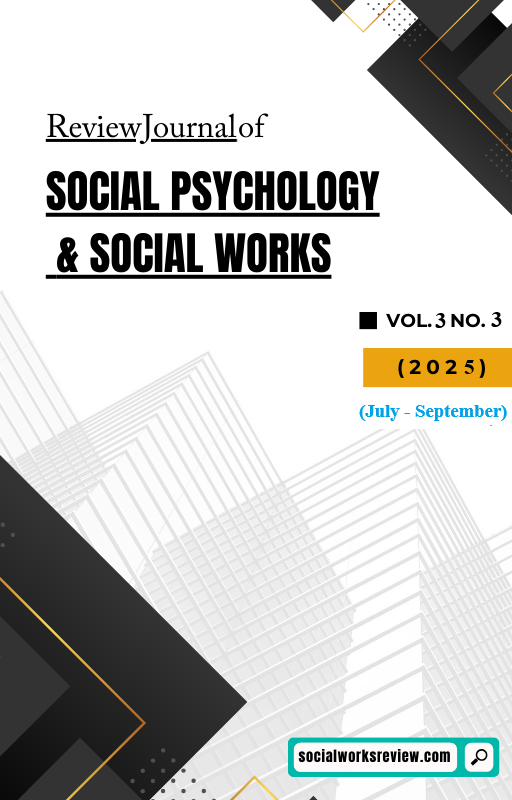Trauma Transmission and Dual Victimhood: A Psychoanalytic Comparison of Miss Havisham and Estella
DOI:
https://doi.org/10.71145/rjsp.v3i3.342Abstract
Applying a mixed-method design that fuses psychoanalytic trauma theory with quantitative text-mining, this paper compares the inter-generational transmission of trauma in Miss Havisham and Estella in Charles Dickens’ Great Expectations. We coded 1 115 direct-speech turns (HH = 334; Estella = 287; co-present turns = 494) for three clinical markers—(a) affect dysregulation, (b) dissociative or self-other boundary statements, and (c) explicit references to victimization. Logistic-regression and inter-rater reliability (κ = .81) show that Miss Havisham exhibits significantly higher odds of affective dysregulation (OR = 4.92, p < .001), whereas Estella shows elevated dissociative markers (OR = 3.21, p < .01). A simple time-series on chapter numbers reveals that Estella’s dissociation peaks exactly when Miss Havisham’s overt affect collapses (r = –.64), supporting a model of projective introjection. The findings corroborate secondary literature while supplying the first empirical quantification of “dual victimhood” in the novel.





